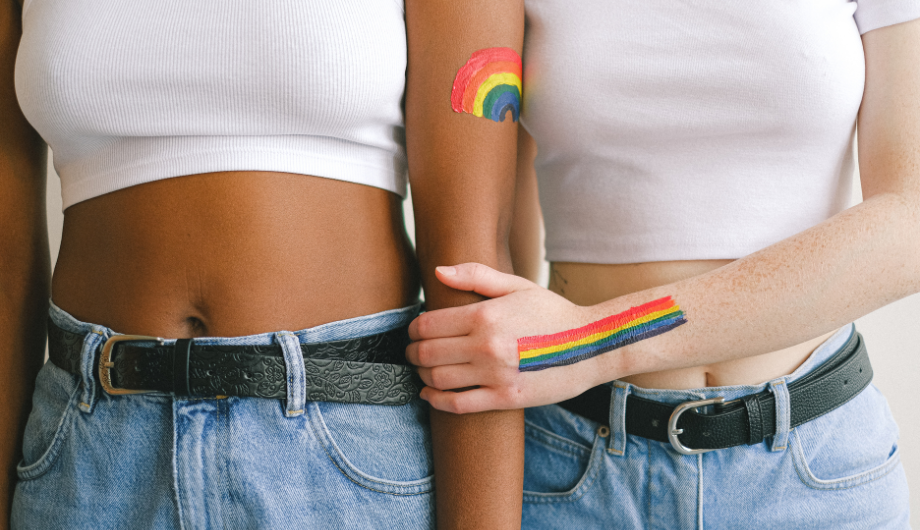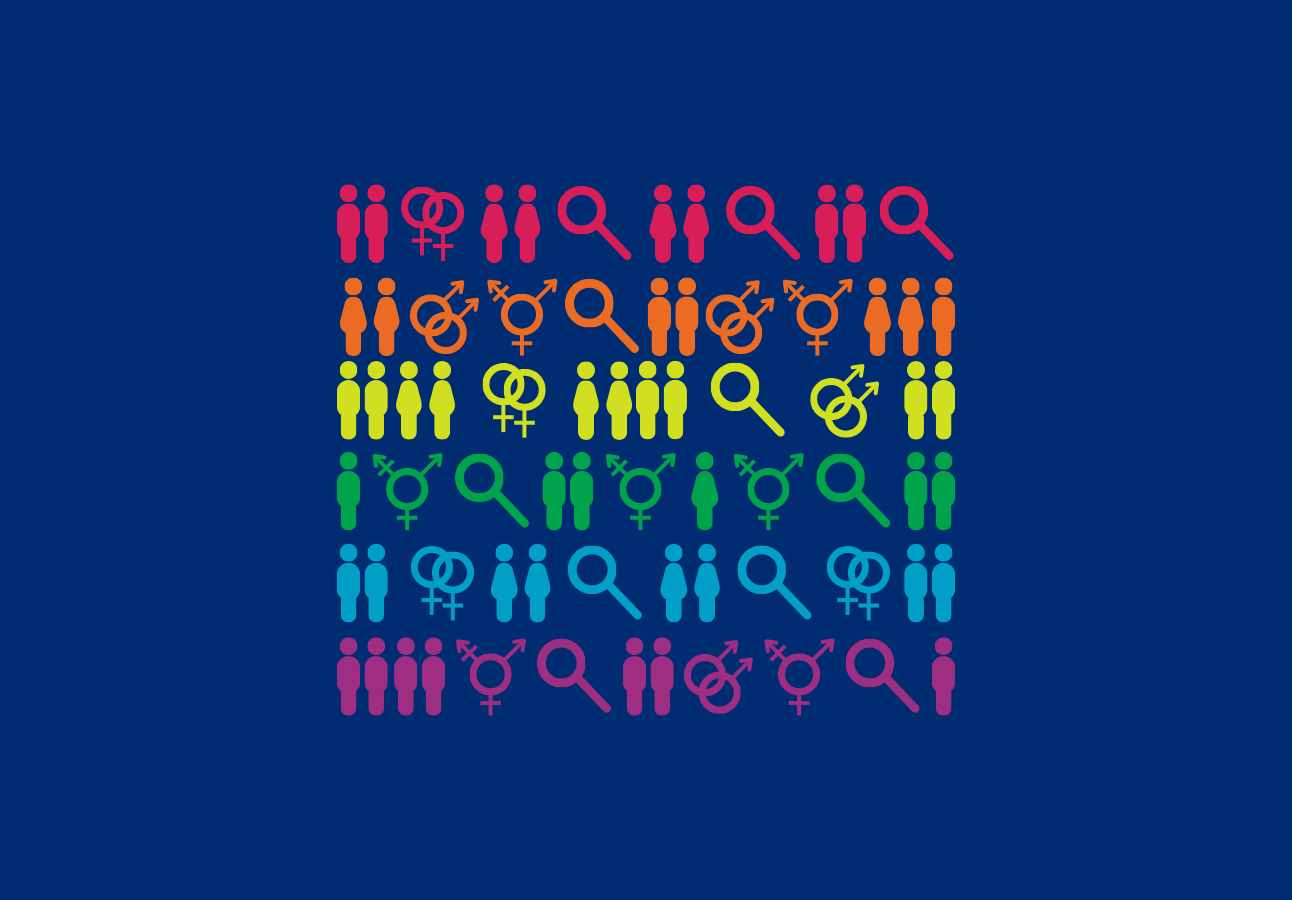
Making domestic abuse services accessible to LGBT+ people
Aaron Slater is a SafeLives accredited Service Manager, based at Sacro, and is responsible for Fearless, a domestic abuse support service for anyone who identifies as a man or as part of the LGBT+ community. Running since 2015, Fearless is a partnership between Sacro, LGBT Youth Scotland, Shakti Women’s Aid and the Men’s Advice Line. A team of nine domestic abuse caseworkers provide one-to-one support across 19 local authority areas in Scotland. It is funded by the Big Lottery Fund until 2019.
Creating domestic abuse services that are truly accessible to the LGBT+ community isn’t as straightforward as a statement of inclusion on a website. In fact, there can be something inherently passive about simply stating that a service is inclusive. Inclusion doesn’t mean that the needs of the LGBT+ community are moulded into the service that already exists. True inclusion and accessibility means that the service is adapted to fit the needs of the community. The process needs to be pro-active, not passive.
Statements are not enough
A good starting point for any service should be a frank discussion about what LGBT+ inclusion means for them, especially single sex services. There is great diversity within the LGBT+ community itself, with intersecting identities and expressions. If you are inclusive of Trans people, what does this mean to your service, and does this inclusion cover all the support interventions that are available to cisgender people? What about gender non-binary people and those not protected under the Equality Act?
Unpicking the rainbow
Once you have a sense of what LGBT+ inclusion means for your service the process of improving accessibility can begin. Set up a project group or identify champions within your service to take a lead role in this piece of work. Start out by establishing a benchmark. Compare your intake data for the past 12 months to general population datasets, identifying where your gaps are. Create an improvement plan that frames accessibility not as something that gets clients through the door, but as part of their entire journey with your service, and beyond.
Accessibility is a process
LGBT+ people will be more likely to engage with your service if you are explicit in identifying them in your promotional materials. If there’s any ambiguity in your outward messaging, then there is a risk that LGBT+ people will revert to the default that they are not included. Donovan and Hester highlighted the ‘public story’ as an obstacle to LGBT+ people recognising domestic abuse and seeking help. As domestic abuse services, we can challenge these perceptions through clear and inclusive messaging. Make sure that the language and imagery you use across all your materials is consistent with your position as being LGBT+ inclusive. Be aware of how gendered pronouns are used to describe victims and perpetrators as this may alienate people in same sex relationships, creating an impression that LGBT+ inclusion is an ‘add-on’ rather than the core of what you offer.
Don’t just tell LGBT+ people that they are included in your service, show them
Consider your client’s journey through your service. There are small but effective changes that you can make to improve accessibility and engagement:
- Empower staff by having a clear policy on LGBT+ inclusion and support this with training and development. First impressions count, so everyone in your service should be confident in providing a consistent response.
- Create an online survey to engage with the local LGBT+ community and understand their experiences and needs, and use this to inform your practice.
- If you have the budget, create specific leaflets or posters, and if money is an obstacle create online resources for use on social media and your website.
- Display promotional material in LGBT+ spaces, but not exclusively. Many LGBT+ people won’t use LGBT+ only spaces.
- Confidently ask about sexual orientation and gender identity at intake. It takes the burden of having to ‘come out’ away from the client and will help build confidence in your service.
- Don’t make assumptions. If a male client refers to a female partner don’t assume he is heterosexual, he could be bisexual.
- Ask people what pronouns they prefer. It isn’t offensive to ask the question, and you could include this as standard in your intake forms for everyone.
- Work collaboratively with local LGBT+ organisations. Consider doing a training swap, or deliver drop-in clinics together in LGBT+ spaces. Use the expertise available locally.
- Respect the right to privacy of LGBT+ people who are not out, especially when undertaking multi-agency work.
- Be aware of specific risks to LGBT+ people without making generalisations or stereotypes that could lead to them disengaging. The SafeLives Dash has guidance notes on each risk indicator that include specific dimensions relevant to LGBT+ people.
- Don’t create an expectation that you cannot fulfil. Be mindful of how you use the term ‘LGBT+ inclusive’ and the diversity of identity in this community.
- Get specific feedback from your LGBT+ clients on how you could have improved accessibility.
*’LGBT+’ in this blog may refer to the wider LGBT+ community or to individual identities within the community, depending on how it is applicable to each service
You may also be interested in


